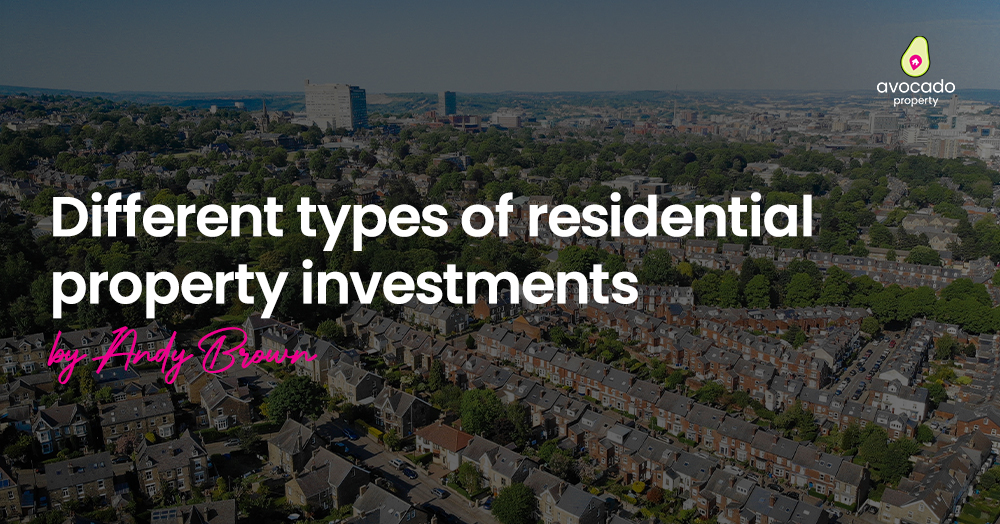Property investment offers numerous opportunities for landlords to generate substantial returns and build wealth over time. However, navigating the world of property investing requires careful planning and strategy. In this blog, we'll explore the top five property investment strategies for landlords, along with practical examples to help you understand their potential benefits.
1. Buy-to-Let Strategy:
The buy-to-let strategy involves purchasing a property with the intention of renting it out to tenants. This strategy aims to generate a consistent rental income and potential capital appreciation over time. For example, you could purchase a two-bedroom apartment in a desirable location and rent it out to young professionals, generating monthly rental income while also benefiting from potential property value appreciation.
2. HMO Strategy:
The House in Multiple Occupation (HMO) strategy involves renting out individual rooms within a property to separate tenants. This strategy is particularly popular in areas with high demand for affordable shared accommodation. For instance, you could purchase a large house near a university and convert it into an HMO, renting out each room to students. This strategy can yield higher rental income compared to traditional buy-to-let properties.
3. Property Development Strategy:
Property development involves purchasing properties with the aim of renovating or converting them to increase their value. This strategy requires careful planning and consideration of market demand. For example, you could purchase a run-down property, renovate it to a high standard, and sell it at a profit. Alternatively, you could convert a commercial property into residential units and generate rental income or sell the individual units for a higher price.
4. Buy-to-Sell (Flipping) Strategy:
The buy-to-sell strategy, also known as flipping, involves purchasing a property with the intention of selling it quickly for a profit. This strategy requires identifying undervalued properties and making strategic improvements to increase their market value. For example, you could purchase a property in need of cosmetic updates, renovate it, and sell it at a higher price, capitalising on the increased value.
5. Portfolio Diversification Strategy:
Diversifying your property portfolio involves investing in a mix of property types and locations to spread risk and maximise returns. For instance, you could own a combination of residential properties, commercial properties, and holiday rentals across different regions. This strategy reduces your reliance on a single property type or location and allows you to tap into different market sectors and rental income opportunities.
As a landlord, adopting the right property investment strategy is essential for maximising returns and achieving long-term success. Remember, each investment strategy has its own unique considerations and requires careful planning, budgeting, and management. Understanding your goals, market conditions, and the needs of your target tenants will help you choose the most suitable strategy for your circumstances.
If you want to discuss more on the above then give me a call on the below details.
I look forward to speaking to you soon.
All the best,
Tel: 07585 913564
Email: andy.b@avocadopropertyagents.co.uk

